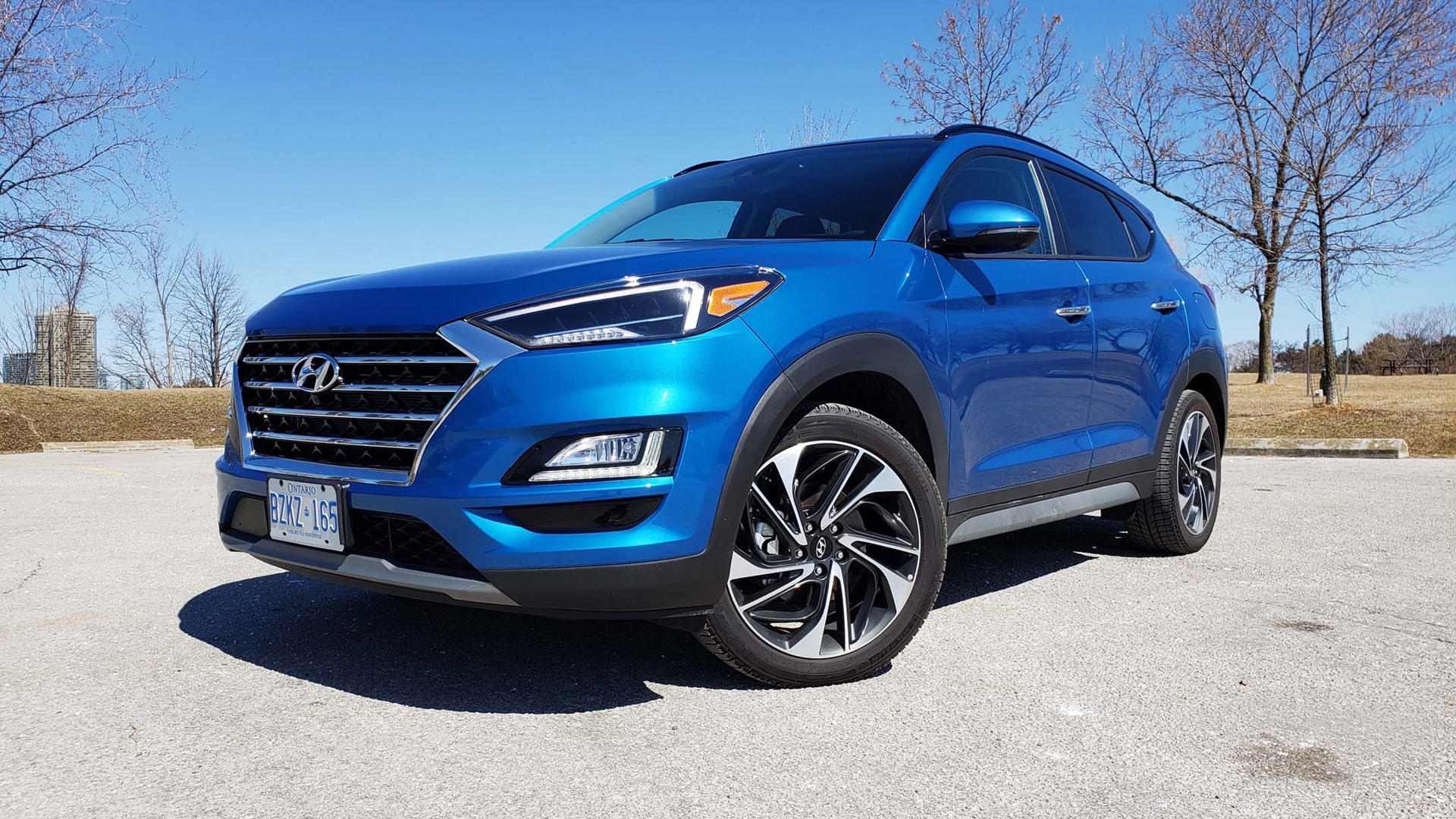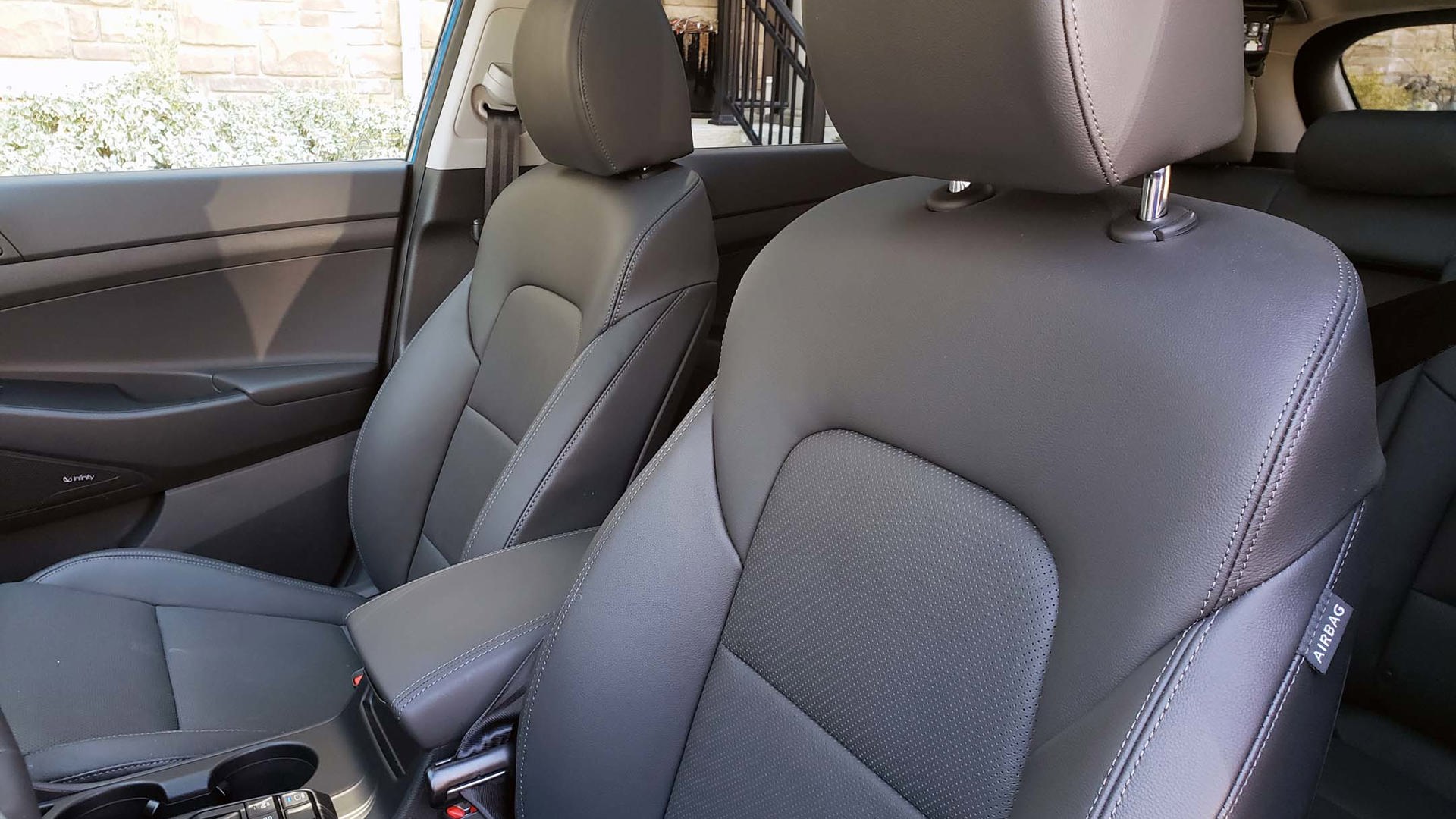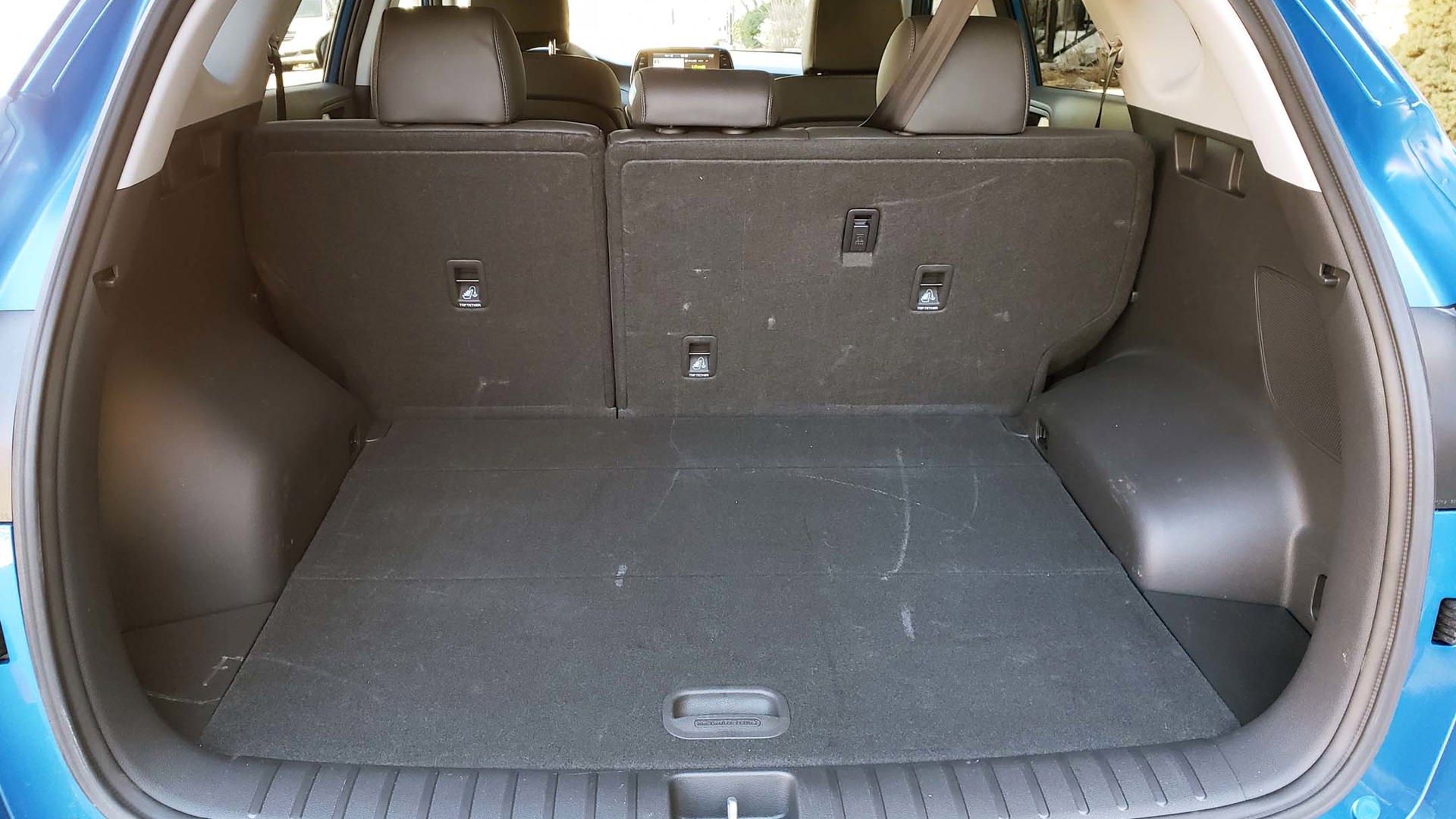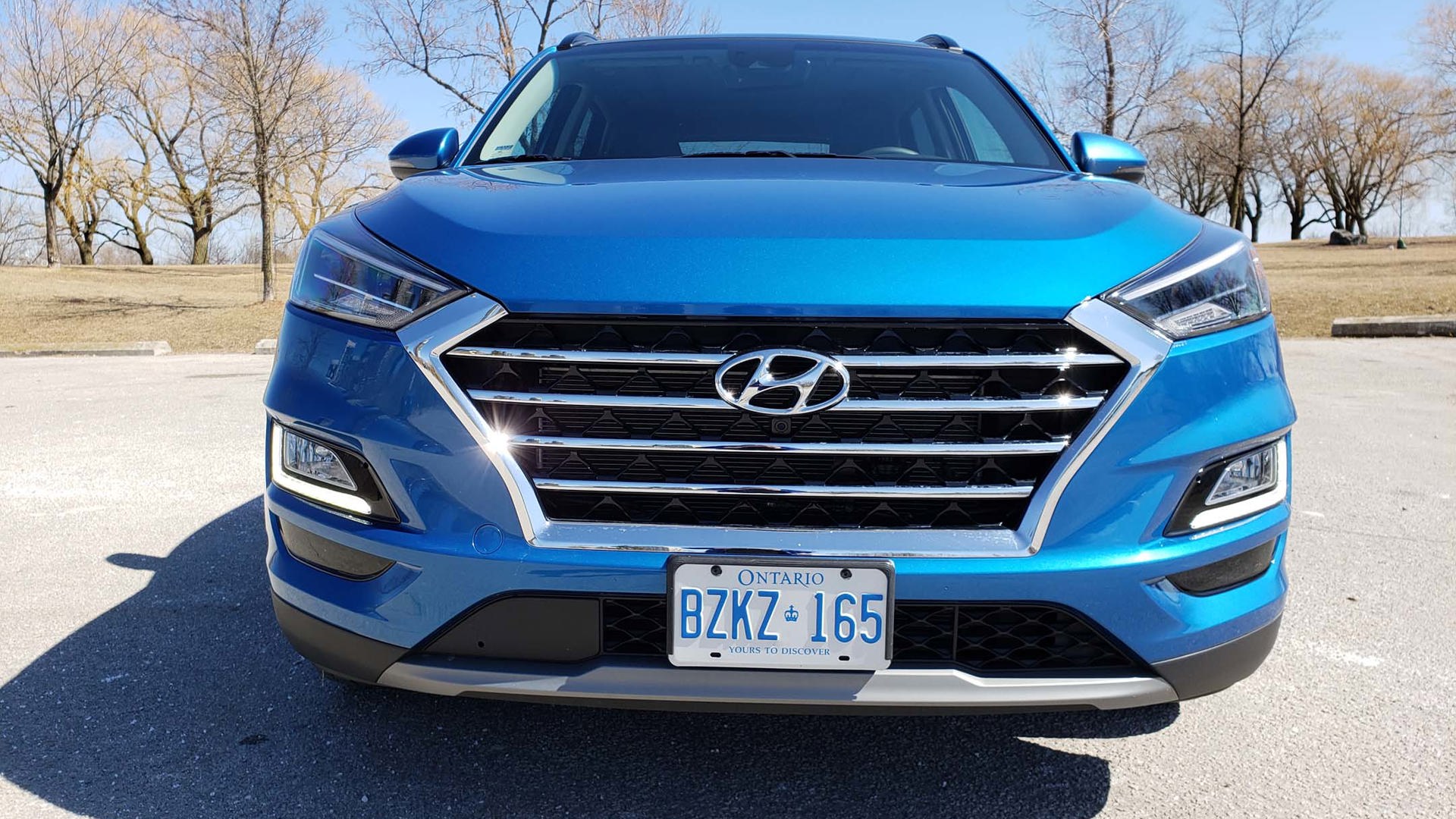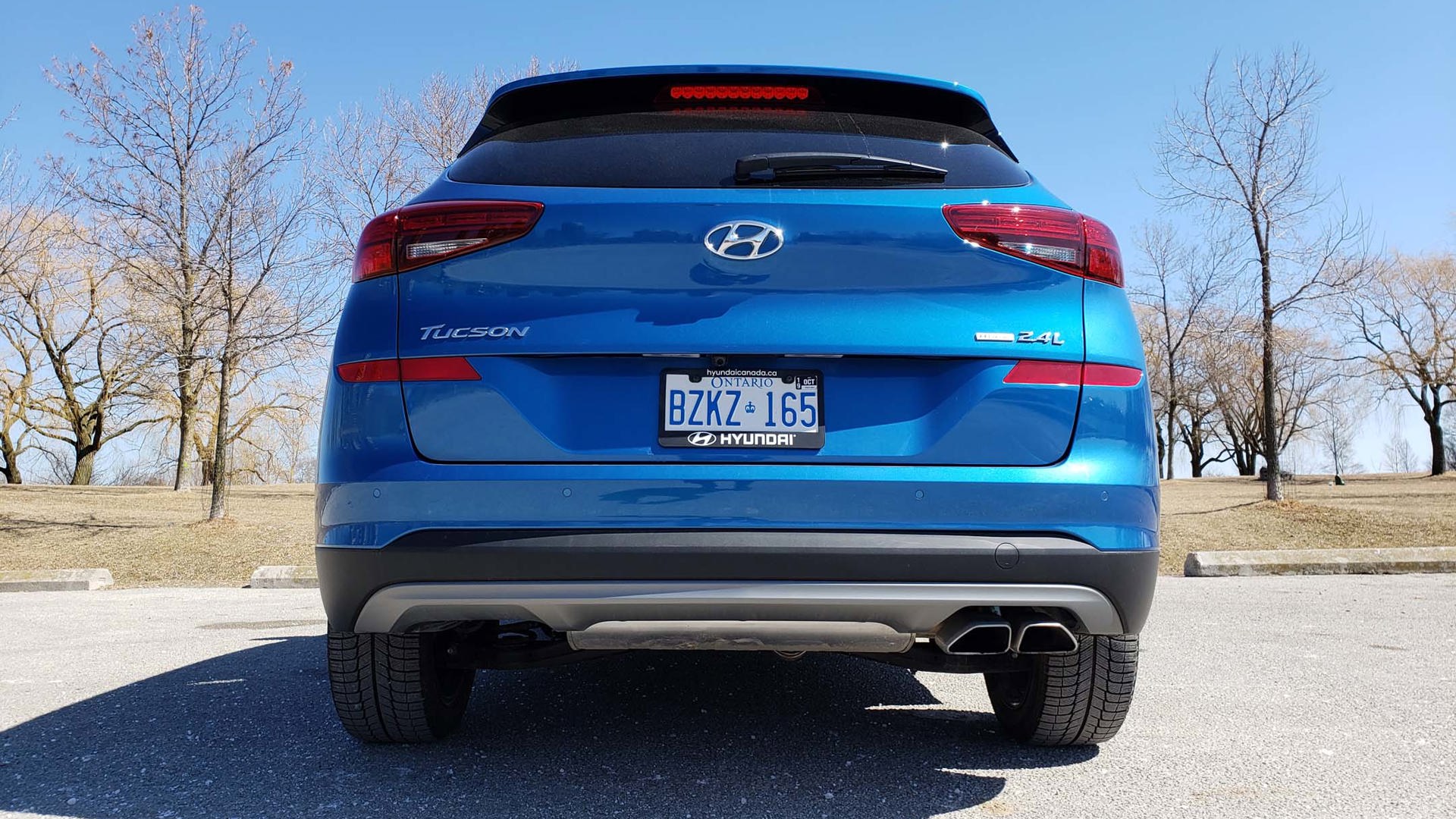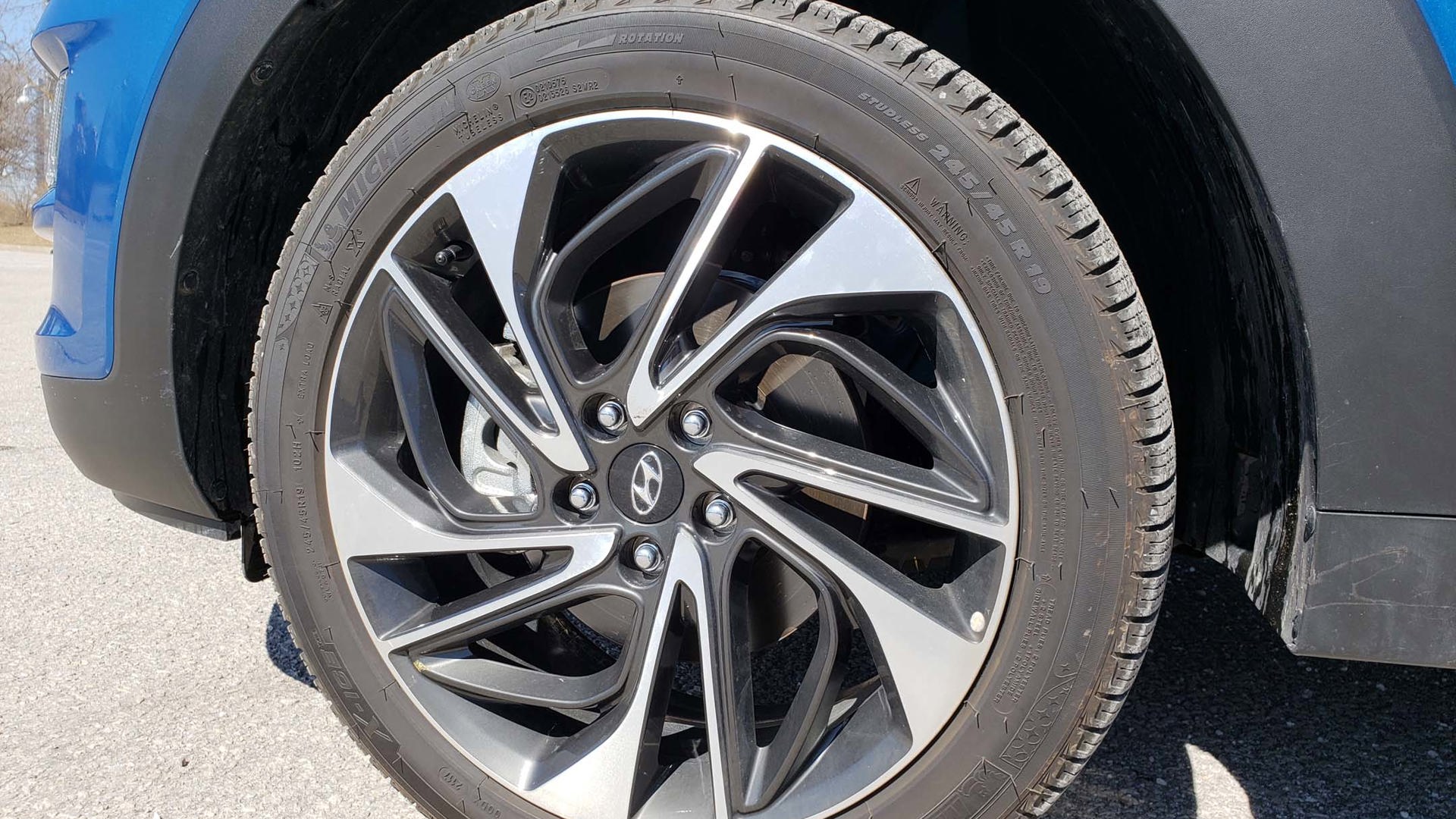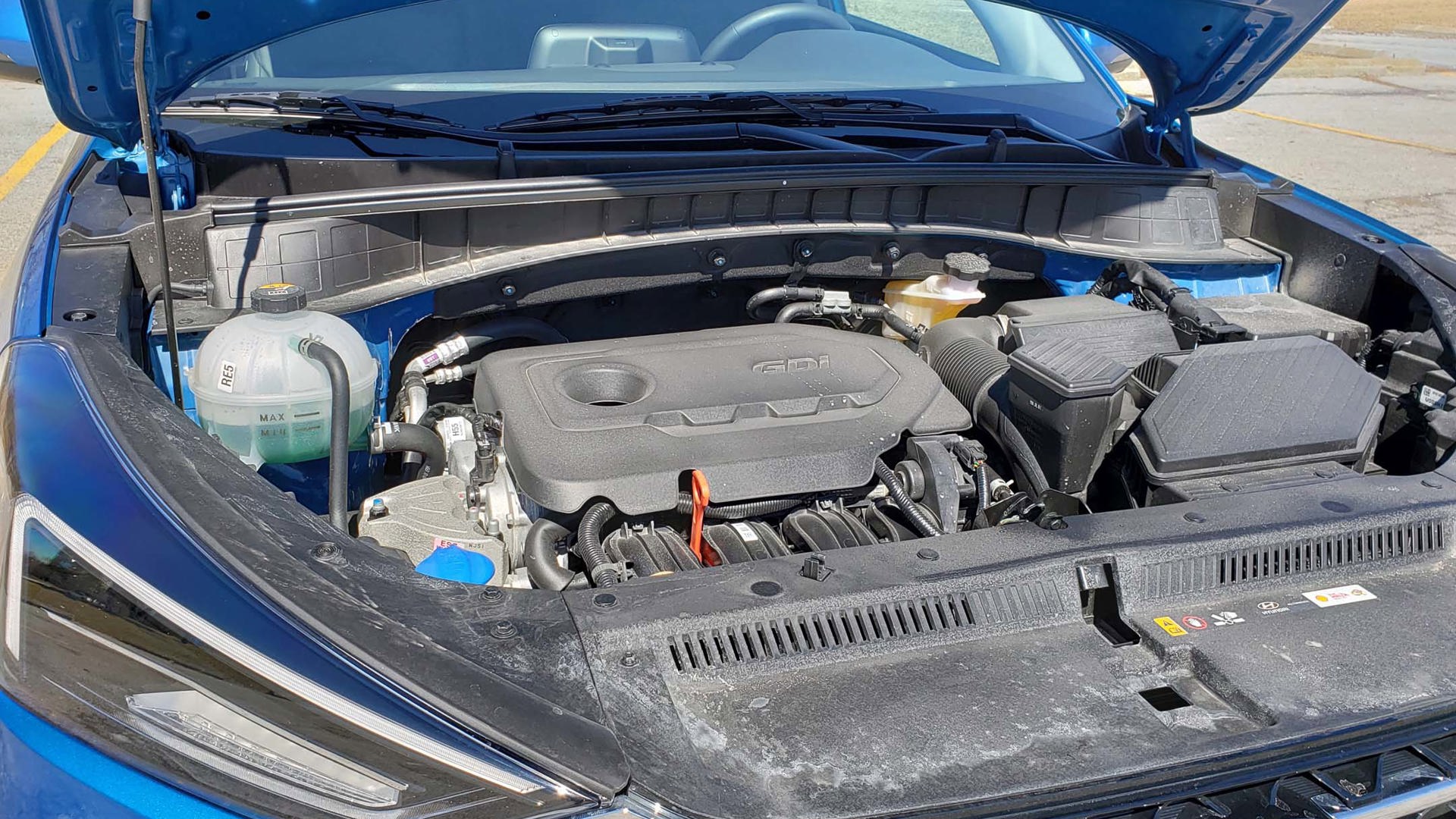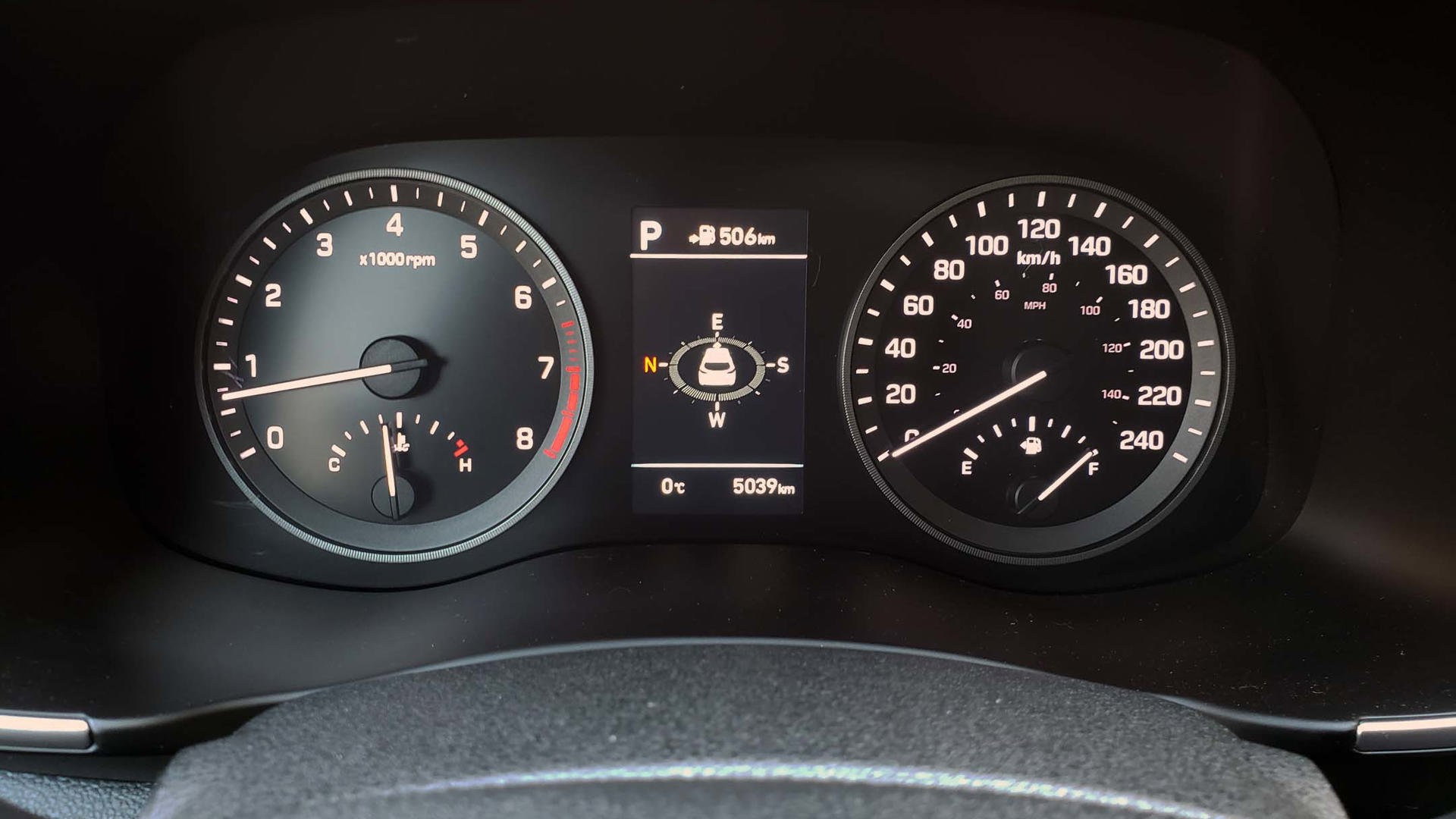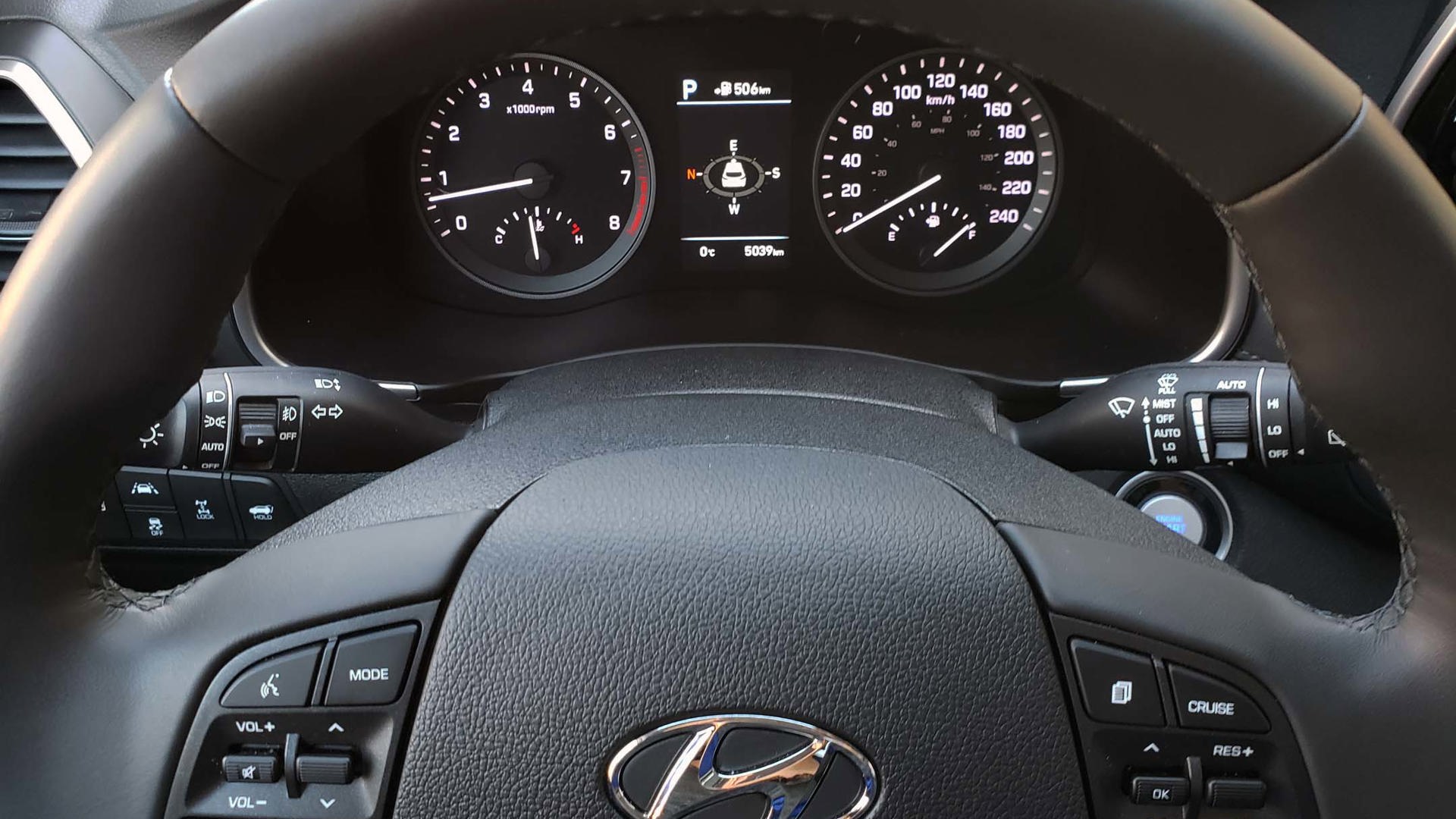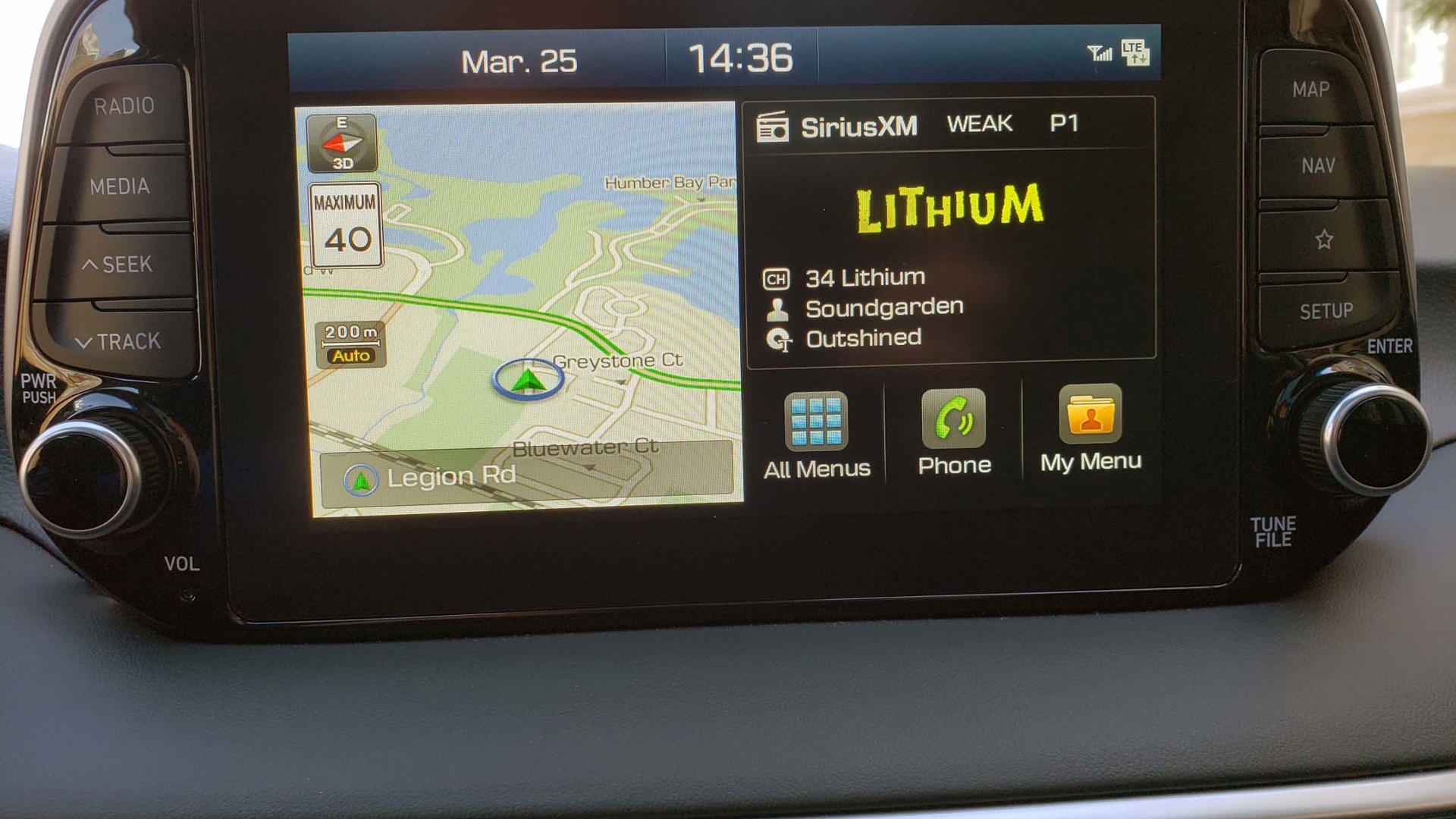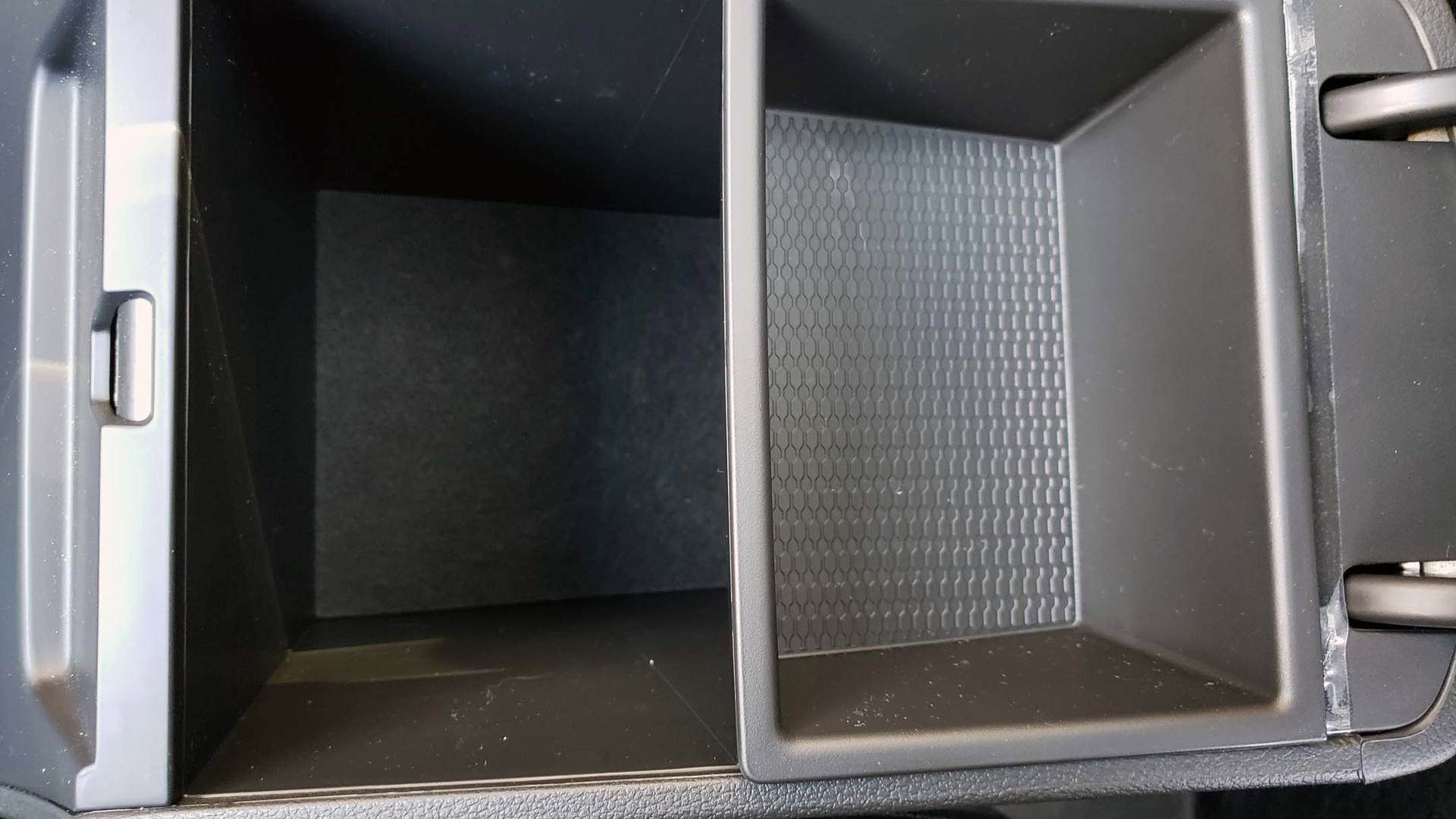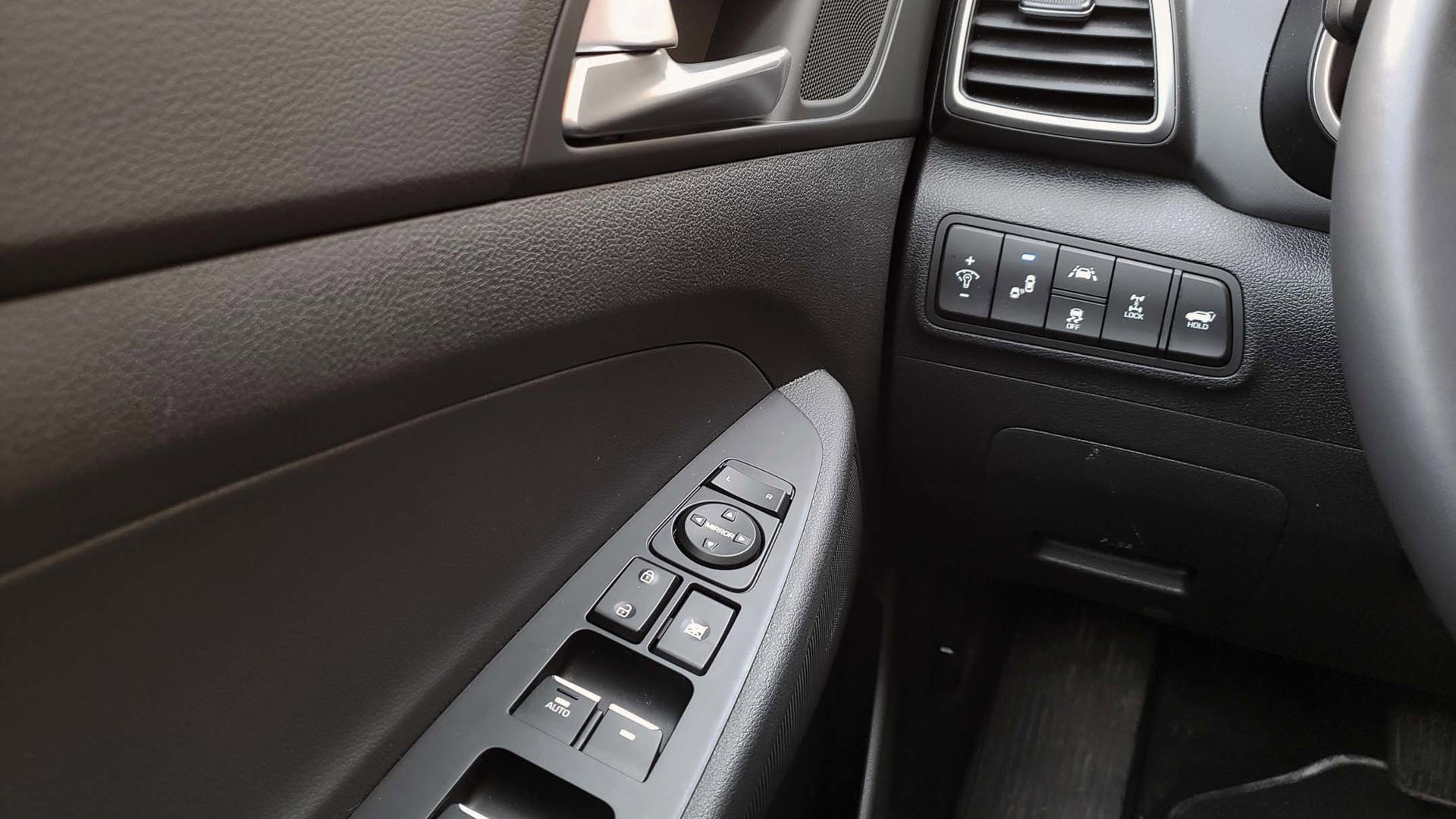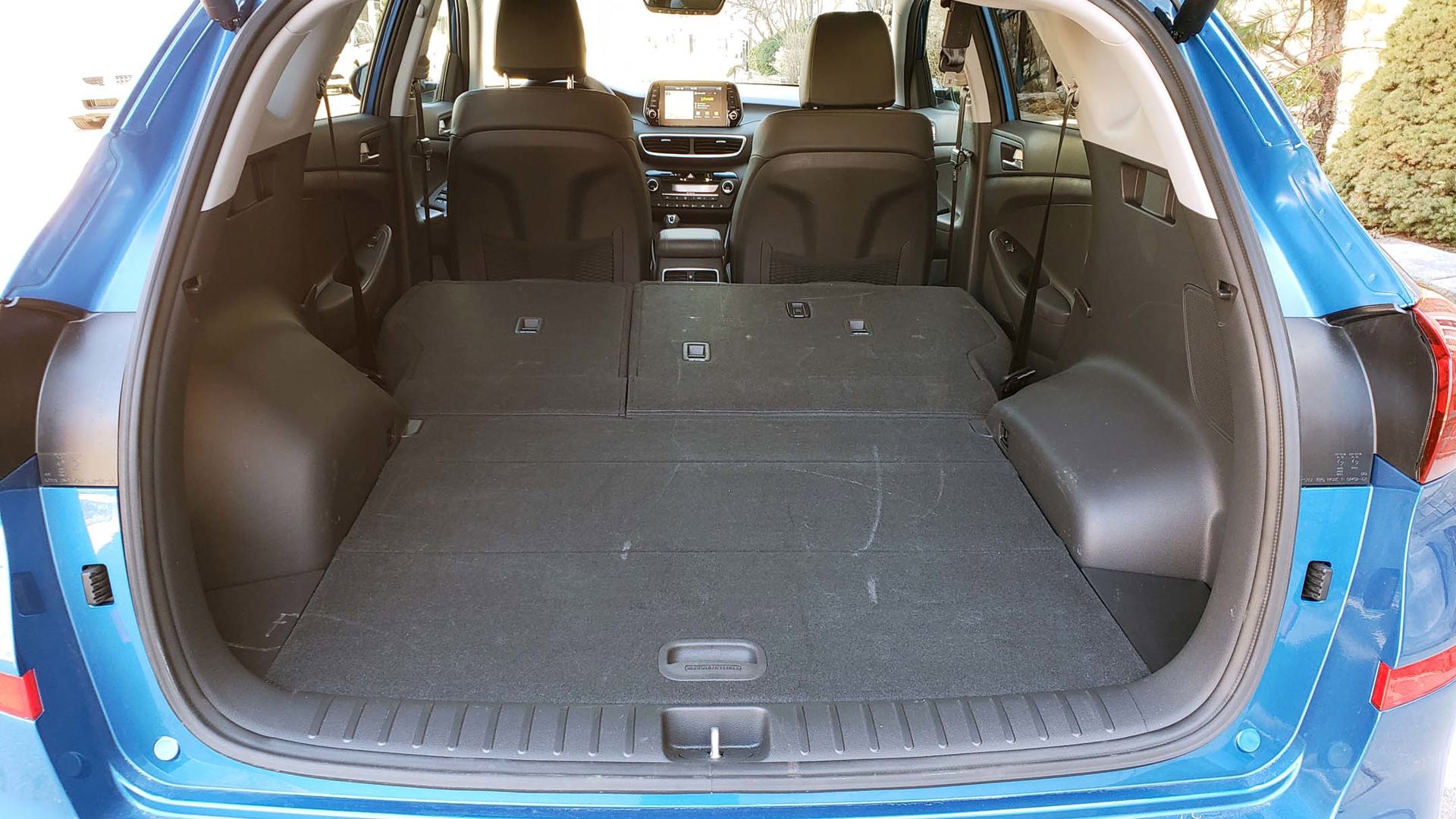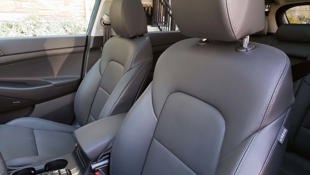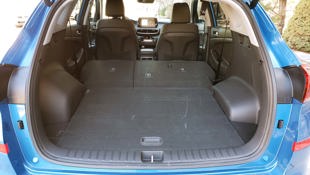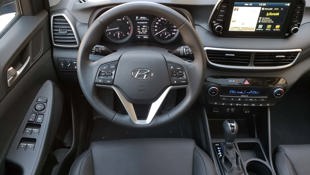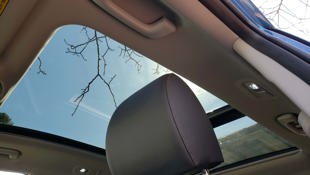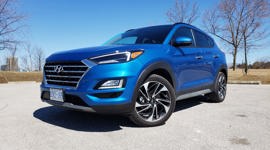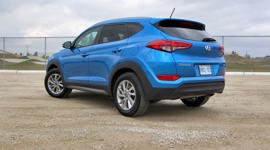Vehicle Type
Compact crossover
History/Description
With sharper-than-ever looks leading the way, the latest generation of Hyundai’s popular Tucson crossover hit the road in 2015.
With improvements throughout – including the use of a new high-strength structure to the benefit of space and ride quality – the latest Tucson made an appealing upgrade for previous owners. Owners say that the feature content for the money, the larger interior, and the Tucson’s best-ever ride and handling balance were key factors in their purchase decisions.
Feature content includes advanced safety systems including blind spot detection and rear cross path detection, as well as a drive mode selector, proximity-activated power tailgate, panoramic sunroof, heated steering wheel, upgraded audio systems, and more.
Engines
All Tucson models in this generation got a four-cylinder engine and automatic (or dual-clutch automatic) transmission. Front-wheel drive was standard, but most units for sale offer all-wheel drive (AWD). Engine choices included an all-purpose 2.0L naturally aspirated unit or a turbocharged 1.6L.
What Owners Like
Most owners say this era of Tucson attracted their attention with unique exterior styling, and sealed the deal with a great balance of comfortable ride quality and sporty, spirited driving dynamics. Bang-for-the-buck was highly rated as well.
What Owners Dislike
Common complaints include ho-hum interior styling, and a base 2.0L engine that could benefit from a few additional ponies, and quieter operation when worked hard.
Here are some owner reviews.
Pro Tip: Confirm Warranty Coverage
If you’re considering a used Tucson to capitalize on some portion of remaining warranty, take extra steps to avoid unpleasant surprises in the event you need to make a claim.
A warranty is a two-sided agreement. For the automaker, it’s a guarantee of the satisfactory operation of the vehicle within a certain period. For the owner, it’s important to adhere to pre-set service, maintenance and inspection schedules, which can be found in the back of the owner’s manual, in order to ensure the warranty is honoured.
Buying a used Tucson without proof that all items in those schedules are up to date could jeopardize any remaining warranty coverage.
The Test Drive
Ride Quality Check
Some owners report a rough or choppy ride from certain Tucson models, typically those sporting the turbo engine. Sportier variants of any vehicle generally make use of larger wheels and thinner tire sidewalls, which provides less cushion over bumps. If you find the Tucson you’re test-driving to feel too stiff and sporty, consider a different trim grade with smaller wheels and taller tires.
The DCT
Some owners have reported issues with the dual-clutch transmission (DCT) found in 1.6L turbo-equipped Tucson models, as well as various other Hyundai vehicles. In some cases, issues like hard or clumsy shifting, excessive slippage, and others can be remedied with a software update at the dealer. In other cases, owners have reported transmission failure. Warning signs include malfunction alerts in the instrument cluster, possibly referencing a transmission overheating condition.
Here’s some more reading, and some more. A class-action lawsuit was also filed by affected owners.
Not every – or even most – of these transmissions were affected, though owners should be on the lookout for warning signs. If in doubt, avoid the DCT altogether. If you’re set on a model with it, be sure to have it professionally inspected in a dealer setting before you buy for maximum peace of mind.
Check the Keys
Many factors affect the lifespan of the battery in the Tucson’s smart-key fobs, though some owners peg the average life at two to three years. Test each key separately on your test drive and confirm full functionality of the locks and push-button ignition with each.
If you notice any trouble, including a delay when pressing the push-button start, try replacing the battery with a quality one. If the problems persist, professional assessment is advised. In most cases, issues like these are easily fixed with a new keyfob battery, though they can be caused by other problems too.
Check the Amenities
Once on board, work each powered seat through all its movements. Check the climate control functions for strong and consistent operation, and try the power window and lock switches on the corresponding doors.
The central command system should be given a workout, and don’t forget to pair all compatible devices available via Bluetooth and USB. Any choking, lagging or crashing warrants further investigation, though a system reset or software update is often the fix.
Move to the rear seats, and confirm that all seat-folding functions, releases and latches are in good working order.
Finally, check the power tailgate several times. If it suddenly stops, changes direction, or fails to open or close properly, have it inspected by a technician before you buy. Problems here are typically electronic in nature and easy to solve. Other times, a small adjustment is required to the latch – though pricier hardware-related problems are also possible. Here’s some more reading.
Annoying Rattle
Numerous owners have reported an irritating rattle that may manifest at random, and seems to originate somewhere near the lower portion of the rear seat, perhaps near the seat belt buckles. This rattle may be more apparent on rougher roads. The likely culprit is an ill-fitting component relating to the rear seat latch mechanism, or the mounting point between the seat and the floor. Owners have reported fixes ranging from the creative placement of some felt tape pads to having dealers check and adjust the bolts that hold the rear seats in place.
Valve Gunk Buildup
In some situations, gasoline direct injection (GDI) engines, used by Hyundai and many other automakers, may be prone to a buildup of intake valve gunk that can accumulate over time, leading to potential problems.
Note that pouring a cleaning additive into the fuel tank cannot address this problem. Key steps to avoid potential long-term issues with GDI valve gunk buildup include early spark-plug changes, exclusive use of high-quality fuel from a reputable retailer, and religious adherence to the factory oil change schedule. To be clear, only use the oil and filters specified in the owner’s manual for best results.
Talk to your service advisor about additional engine cleaning procedures that may be advisable on an occasional basis. Here’s some more reading.
The Verdict
The Tucson looks to be a solid used crossover bet thus far, with most common issues being relatively minor and easily detectable on a test drive, or during a pre-purchase inspection.
Though shoppers set on a model with the 1.6L turbo engine and DCT have a few more checks to make, a healthy used Tucson with a pre-purchase approval from a dealer technician should prove a worthy choice for your dollar.
Here’s a list of recalls.
Safety Ratings
NHTSA: 5/5 Stars
IIHS: Top Safety Pick + (2016)
